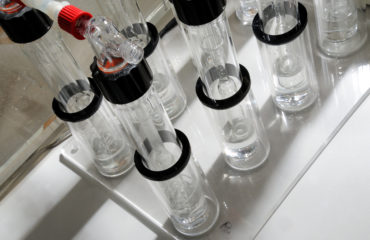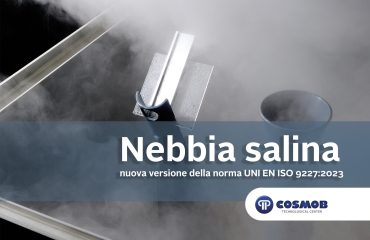The technical and commercial market innovations, together with the new regulations on Public Procurement, have made necessary to update the Minimum Environmental Criteria (CAM) in a Circular Economy perspective.
Introduction to CAM.
The Minimum Environmental Criteria (CAM) are the environmental requirements defined for the various phases of the purchase process aimed at identifying the best design solutions, products and services from an environmental point of view throughout the entire Life Cycle.
CAM for furnishings: MD 11 January 2017.
The Ministry of the Environment and the Protection of the Territory and the Sea issued the Ministerial Decree on 11 January 2017 about the “Adoption of minimum environmental criteria for interior furnishings”
In particular, interior furnishings means the furnishings intended for all uses, for example: office furniture, school furniture, storage room and reading room furniture which were produced with materials and production processes with a low environmental impact.
Regarding the minimum basic environmental criteria to comply with, they are related to dangerous chemical substances and harmful emissions (formaldehyde, VOC) as well as to the materials used to make the product (plastics, coatings, padding) and the product requirements that must comply with the most recent versions of the relevant UNI standards relating to durability, size, safety and robustness.
In addition to these so-called “basic” minimum criteria, additional “rewarding” requirements were introduced for eco-compatible design, which favours and easy repair or composition and decomposition of the furnishings for possible relocation to other work environments.
A contract, in order to be considered, must present all the “basic” requirements but additional points will be awarded in the presence of “reward” requirements.
Modification to CAM: MD 3 July 2019.
The Ministerial Decree of 3 July 2019 promulgated by the Ministry of the Environment and the Protection of the Territory and the Sea, has introduced some modifications to the Annex 1 of the previous decree concerning CAMs, in light of some difficulties in its application and in order to correct some wrong value and information.
Specifically, the changes have concerned:
- the replacement of the reference to the use of nickel and chrome in paragraph 3.2.1 point 6, relating to the Dangerous Substances contained in the components, parts or materials used for the manufacture of the furnishings, with the wording << must not be plated with cadmium>>;
- the modification of the table in paragraph 3.2.3, relating to Contaminants in recycled wood panels, which lacks some of the symbols of the chemical elements and a specific inherent to the creosote, which must be identified through Benzo (a) pyrene;
- the modification of the chrome limit value referred to in paragraph 3.2.5, relative to the Chemicals and leather residues, which has been replaced by ≤ 2 to ≤ 200;
- the modification of the duration of the test in paragraph 3.4.1 related to the Emission of volatile organic compounds.
Contact us for more information and to plan your CAM testing activity with us







